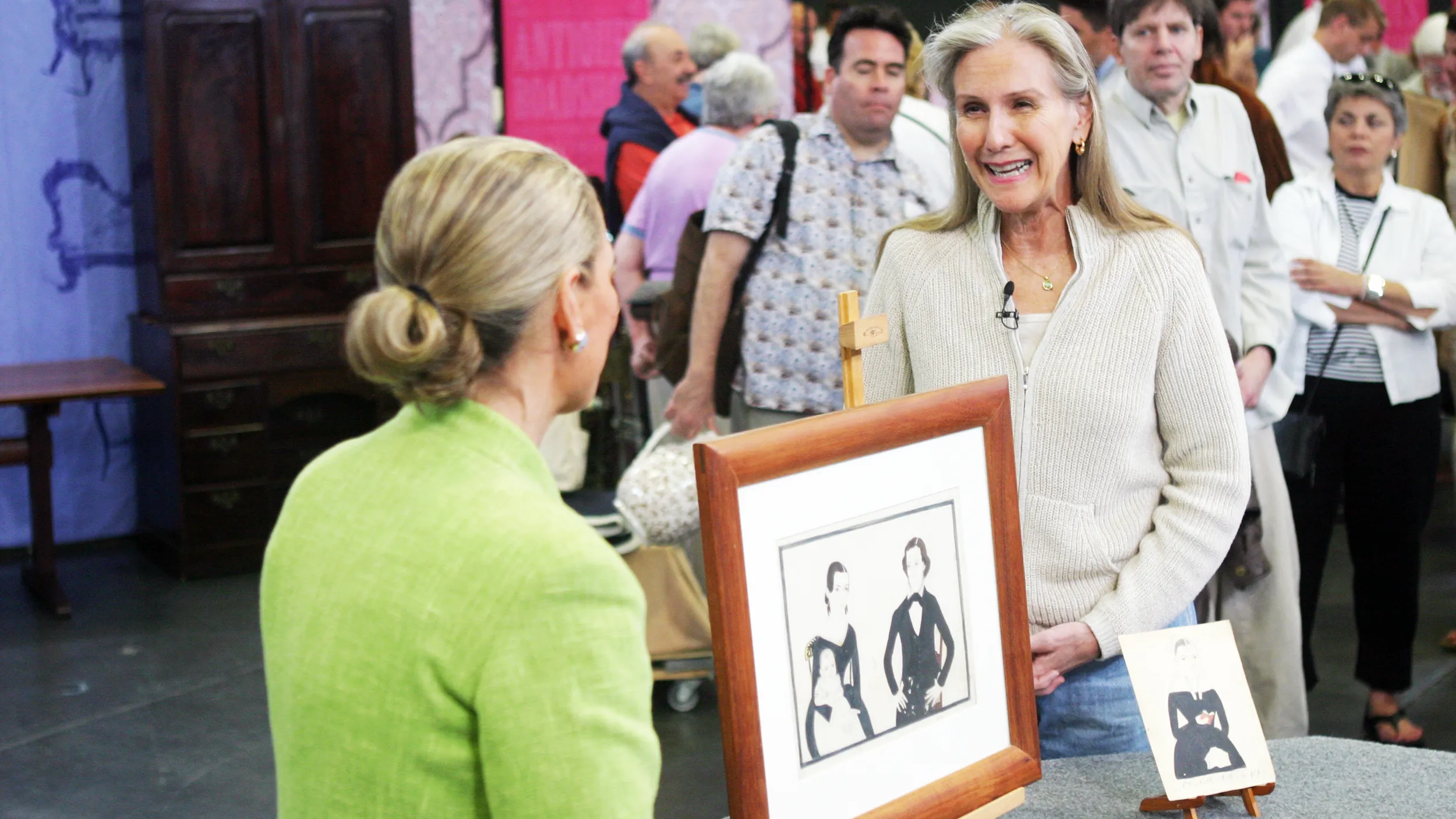GUEST: Around 40 years ago I was traveling in Japan, and we were in Kyoto. And at the time, they had a marvelous collection of antique shops. And that's where I found these. They're Kakiemon porcelain, but aside from that, I don't know very much more.
APPRAISER: Well, these pieces were made in Japan for the Japanese market, and used in a special form of dinner called the kaiseki dinner. The Kakiemon family started producing this type of ware in the 17th century. And you probably know Meissen, don't you?
GUEST: Yes, I do.
APPRAISER: That's the European later version of Kakiemon.
GUEST: Right, exactly.
APPRAISER: These patterns of very, very delicate enamels on a cream background were very, very popular in Europe. You bought these as a group, I understand.
GUEST: Yes, I did. Actually, it's obvious that the bowls don't really go with the plates.
APPRAISER: That's correct.
GUEST: But yeah, I did.
APPRAISER: Which do you think is older?
GUEST: Oh, I think the plates are older.
APPRAISER: Well, actually, no.
GUEST: No? You're kidding.
APPRAISER: The plates, if you look at the back...
GUEST: Right.
APPRAISER: ...have a mark on them.
GUEST: Right.
APPRAISER: Which is a mark characteristic of the mid-19th century.
GUEST: Ah.
APPRAISER: These are lovely, lovely, but much more elaborately decorated.
GUEST: Okay.
APPRAISER: And the enamels are a little bit more harsh than these pieces, which are actually 18th-century. The gentleman sold them to you as a set, right? Right. And there were four, correct?
GUEST: Right, right, four of each.
APPRAISER: Well, normally in Japan, these come in sets of five or ten.
GUEST: Five, right.
APPRAISER: Actually, four is not an auspicious number in Japanese.
GUEST: (laughs) Oh, dear.
APPRAISER: The character is actually a synonym with something that means death.
GUEST: (laughing) Oh-- should I get rid of one?
APPRAISER: No, I don't think so. What's exciting about these is that you have four 18th-century beautiful floral dishes. And if, in fact, you had brought these to me ten years ago, each of these dishes would have been worth about, oh, $1,000 to $1,500 apiece.
GUEST: You're kidding.
APPRAISER: Now, what happened is, about 1988-1990, before the Japanese bubble, these 18th-century pieces were highly sought-after. Now they're worth about, oh, I would say $500 apiece. And the 19th-century examples, which you thought were earlier, are actually worth about, oh, $200 apiece. The entire collection would now bring, at auction, about $2,500 to $4,000.
GUEST: Okay.
APPRAISER: A little bit more than you paid for them, I think, right?
GUEST: I think I paid, what, $400?
APPRAISER: Yeah. (laugh)











